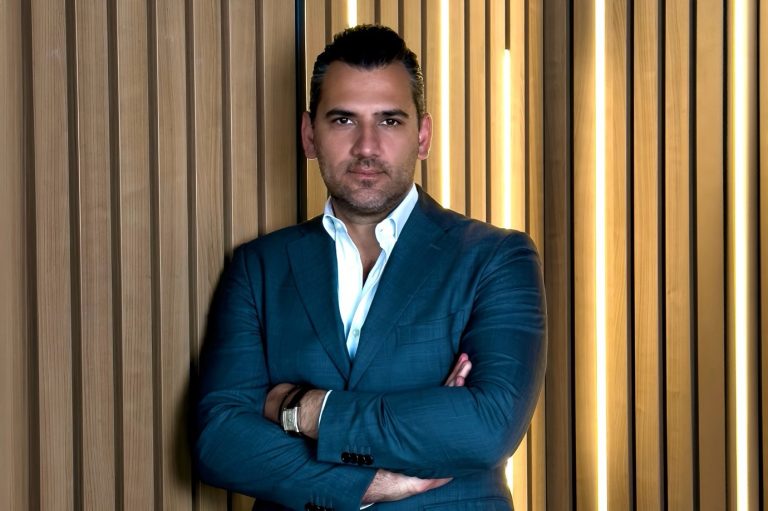For small businesses, effective human resources (HR) management is not just a support function; it’s a critical component of success. Managing HR efficiently can enhance productivity, foster a positive workplace culture, and ensure compliance with employment laws. However, many small businesses face challenges due to limited resources and lack of specialised HR expertise. This guide provides essential tips to help small business owners navigate the complexities of HR management, ensuring they can attract, develop, and retain the best talent while adhering to legal requirements.
Understand Legal Requirements
It is crucial for small business owners to comprehend and adhere to the legal frameworks governing employment. In the UK, this includes understanding regulations related to employment contracts, minimum wage, anti-discrimination laws, and health and safety requirements. Non-compliance can result in legal disputes, fines, and damage to the business’s reputation. Small businesses must ensure they stay updated on legal changes and implement policies that comply with the law. This may involve seeking legal advice or using professional HR services to maintain compliance.
Implement Efficient Systems
Efficient HR systems are vital for managing employee information, payroll, leave, and performance reviews effectively. For small businesses, where resources are often stretched thin, utilising technology can offer significant advantages. Investing in software for HR can streamline these processes, reducing the administrative burden and minimising the risk of errors. Reliable HR software allows small businesses to maintain accurate records and provides valuable insights into workforce management, freeing up time for owners to focus on strategic growth.
Focus on Recruitment and Selection
Recruiting the right talent is crucial for the success of any small business. The process starts with crafting precise and clear job descriptions that outline the skills and experience required. Utilising online job portals, social media platforms, and professional networking sites can help attract a wide pool of candidates. Structuring the interview process to include competency-based questions and practical assessments can aid in selecting candidates who are not only qualified but also a good cultural fit for the organisation. Small businesses must also be mindful of equality and diversity in their recruitment practices.
Invest in Employee Training and Development
Continuous investment in training and development is essential for motivating employees and enhancing their skills. This can lead to increased productivity and innovation within the business. Small businesses should focus on creating opportunities for employees to learn new skills through online courses, workshops, or industry conferences. Furthermore, providing on-the-job training tailored to employees’ roles can promote a deeper understanding of their responsibilities and lead to better performance. Encouraging and supporting ongoing professional development can also enhance employee retention.
Establish Clear Communication Channels
Effective communication is the backbone of successful HR management. Small businesses need to establish clear channels of communication to ensure information flows efficiently between management and staff. Regular team meetings, updated notice boards, and accessible email policies can help in disseminating information promptly and clearly. Additionally, fostering an open-door policy where employees feel comfortable voicing concerns and suggestions can lead to improvements in processes and increase employee engagement. Transparent communication is particularly important during organisational changes to maintain trust and morale.
Develop a Strong Company Culture
Creating a positive company culture is integral for small businesses aiming to enhance employee satisfaction and retention. A strong culture promotes a sense of belonging and alignment with the organisation’s values and objectives. Small businesses can foster a great workplace culture by recognising employee achievements, celebrating milestones, and encouraging team activities that reinforce the company’s values. Additionally, involving employees in decision-making processes can empower them and strengthen their commitment to the organisation. By prioritising a supportive and inclusive culture, small businesses can not only attract top talent but also retain them longer.
Manage Performance Effectively
Performance management is crucial for ensuring employees meet the organisation’s standards and goals. Small businesses should establish clear performance criteria that are directly linked to the company’s strategic objectives. Regular performance evaluations can provide valuable feedback to employees on their work and help them understand how they can improve. These evaluations should be constructive, with a focus on development opportunities rather than just assessments. Implementing a structured performance management system can also help identify potential leaders within the organisation and guide development programs.
Handle Conflicts Professionally
Conflicts in the workplace, if not managed properly, can lead to a toxic environment, affecting productivity and employee morale. Small businesses must address conflicts swiftly and professionally. This involves training managers in conflict resolution techniques and maintaining an open-door policy for employees to report issues without fear of reprisal. Effective conflict management also includes mediating disputes impartially and seeking to understand all perspectives before making decisions. By handling conflicts constructively, small businesses can maintain a healthy work environment and prevent minor disagreements from escalating.
Prioritise Employee Wellbeing
Employee wellbeing is increasingly recognised as critical to organisational success. Small businesses should implement policies that promote work-life balance, such as flexible working hours, remote work options, and regular breaks. Additionally, providing support for mental health through resources like counselling services or stress management workshops can help employees manage work pressures better. Prioritising the physical and mental health of employees not only improves their productivity but also enhances their overall job satisfaction.
Stay Updated with HR Trends
The field of human resources is continually evolving, influenced by changes in technology, legislation, and workplace dynamics. Small business owners must stay informed about the latest HR trends and best practices to remain competitive and compliant. This could involve subscribing to HR newsletters, attending industry seminars, or participating in professional networks. Keeping abreast of new developments in HR can help small businesses adapt their strategies to meet changing employee expectations and regulatory requirements effectively.
Conclusion
Effective human resource management is vital for the success of small businesses. By implementing these essential tips—from fostering a strong company culture to staying updated with HR trends—small business owners can build a committed and productive workforce. Each element of HR management, whether it’s developing performance systems, managing conflicts, or prioritising employee wellbeing, contributes significantly to the organisation’s overall health and growth. With the right approaches in place, small businesses can not only navigate the challenges of HR management but also thrive in today’s dynamic business environment.














 Bitcoin
Bitcoin  Ethereum
Ethereum  Tether
Tether  XRP
XRP  USDC
USDC  TRON
TRON  Lido Staked Ether
Lido Staked Ether  Cardano
Cardano  Avalanche
Avalanche  Toncoin
Toncoin  Solana
Solana